0 comments
A wide array of cleaning products available in the supermarket all promise one thing – immaculate cleaning.
A wide array of cleaning products available in the supermarket all promise one thing – immaculate cleaning. As homeowners, we tend to just grab cleaning products promising the best clean or on sale without really looking into the list of ingredients. I mean, who’s got time right? With all the household chores occupying our time, we just want to get it done and over with.
But let me tell you this: the average household contains about 62 toxic chemicals according to environmental experts. That is quite alarming knowing that we are exposed to them daily. Some of these chemicals actually build up enough and cause harm to our body over time, triggering a disease or sickness.
Some manufacturers of cleaning products claim that small amount of toxins is not as harmful, but the repeated contact is can cause problems arise. So before you pour in that dishwashing liquid or launder with your detergent, have a look at its list of ingredients to see if it contains some toxic chemicals. We can’t totally get rid of it altogether but it is possible to reduce it significantly.
If you are wondering what toxins you have to avoid, let me give a list of some of the worst chemical offenders that are usually found in most household cleaning products: 1. Phthalates What is it: Phthalates are group of chemicals used to soften and increase the flexibility of plastic and vinyl. Usually found in: You’ll be surprised that many of our household products actually contain phthalates such as air fresheners, dish soap, detergents, toilet papers, cosmetic and personal care products, food packaging and wraps, adhesives and plastics. Phthalates are most likely disguising as ‘fragrance’ so keep that in mind when reading product labels. Health Risks: Phthalates are known endocrine disruptors. They usually enter the body through ingestion or swallowing, inhalation and skin contact. 2. Perchloroethylene or “PERC” What is it: Perchloroethylene is a colourless liquid primarily used for dry cleaning fabrics and degreasing metals. Usually found in: Dry-cleaning solutions, spot removers and fabric finishers. Health Risks: Breathing high levels of perchloroethylene can cause dizziness, headache, nausea and vomiting irritation of eyes and respiratory tract. When directly exposed to the skin, it can cause irritation and chapping. Long-term exposure however has effect on a person’s mood, memory, attention, vision and can even cause cancer. 3. Triclosan What is it: Triclosan is an aggressive antibacterial agent that can promote the growth of drug-resistant bacteria. Usually found in: Antimicrobial dishwashing and hand soaps. Health Risks: Triclosan could also be an endocrine disruptor and a probable carcinogen, which means it can cause health problems such as weakening of the immune system, decreased fertility, miscarriage, birth defects and cancer. 4. Quarternary Ammonium Compounds or QUATS What is it: QUATS are potent disinfectant chemicals. Usually found in: Fabric softener liquids and sheets, disinfectant wipes, sprays and in most antimicrobial cleaners Health Risks: QUATS pose the same problem as triclosan by helping breed antibiotic-resistant microorganisms. They irritate the skin too and can cause rashes. There is also an evidence showing that exposure to QUATS on a regular basis can develop asthma. 5. 2-Butoxyethanol What is it: 2-Butoxyenthanol is a clear, colorless and flammable liquid that is used as a solvent. It belongs in the category of ‘glycol ethers’. Usually found in: Glass and multipurpose cleaners. Health Risks: In addition to causing sore throats when inhaled, high level of glycol ethers can contribute to narcosis, pulmonary edema and severe liver and kidney damage. Cleaning with 2-Butoxyenthanol in an unventilated or confined room exposes you to higher than usual level of glycol ethers. 6. Chlorine What is it: Triclosan is an aggressive antimicrobial agent but promotes the growth of drug-resistant microbes. Usually found in: Scouring powders, toilet bowl cleaners, mildew removers, laundry whiteners and household tap water. Health Risks: The health risks from chlorine can either be acute or chronic – it could be just a respiratory irritant or a serious thyroid disrupter. 7. Sodium Hydroxide What is it: Sodium hydroxide, also known as caustic soda or lye, is a highly versatile substance used to manufacture soaps and variety of detergents in homes and commercial applications. Usually found in: Oven cleaner and drain openers. Health Risks: Sodium hydroxide is extremely corrosive. It can enter the body through inhalation and skin contact. It can cause severe burns when it touched your skin and cause sore throats when inhaled. 8. Borax and Boric Acid What is it: Borax is widely used cleaning product and normally associated with making homemade laundry soap. Usually found in: Detergents, soaps and pest control spray. Health Risks: When exposed to high concentrations, borax and boric acid is believed to have lasting, negative effects on libido and fertility in both men and women.














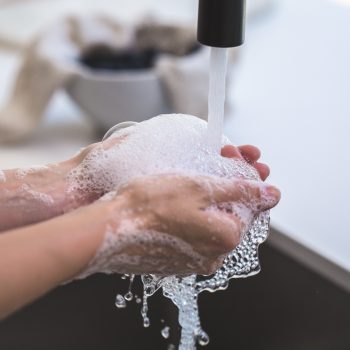


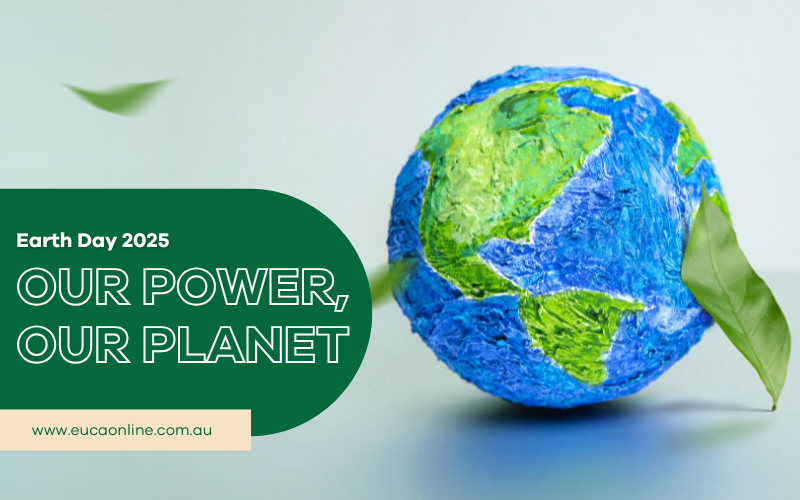
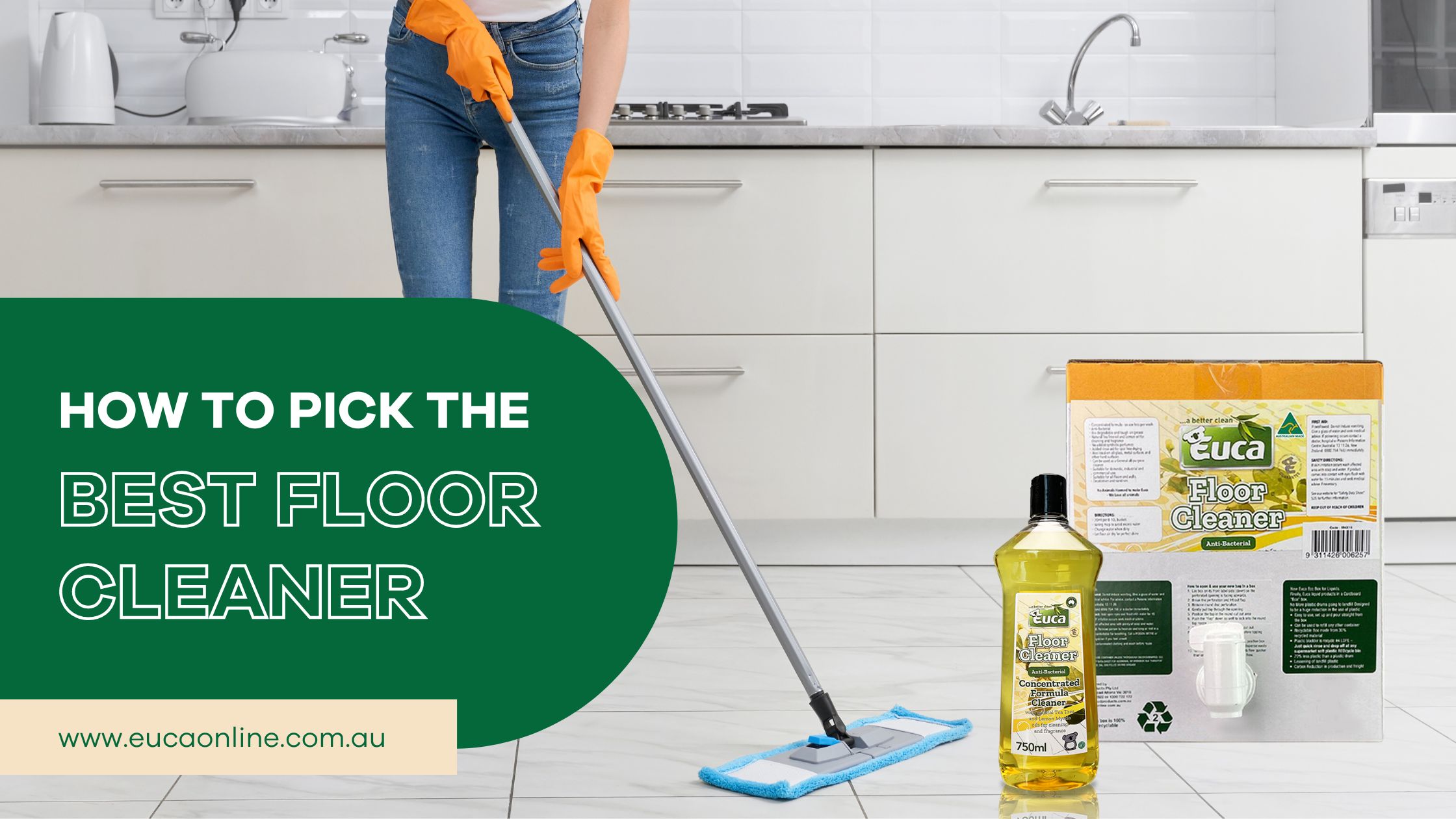
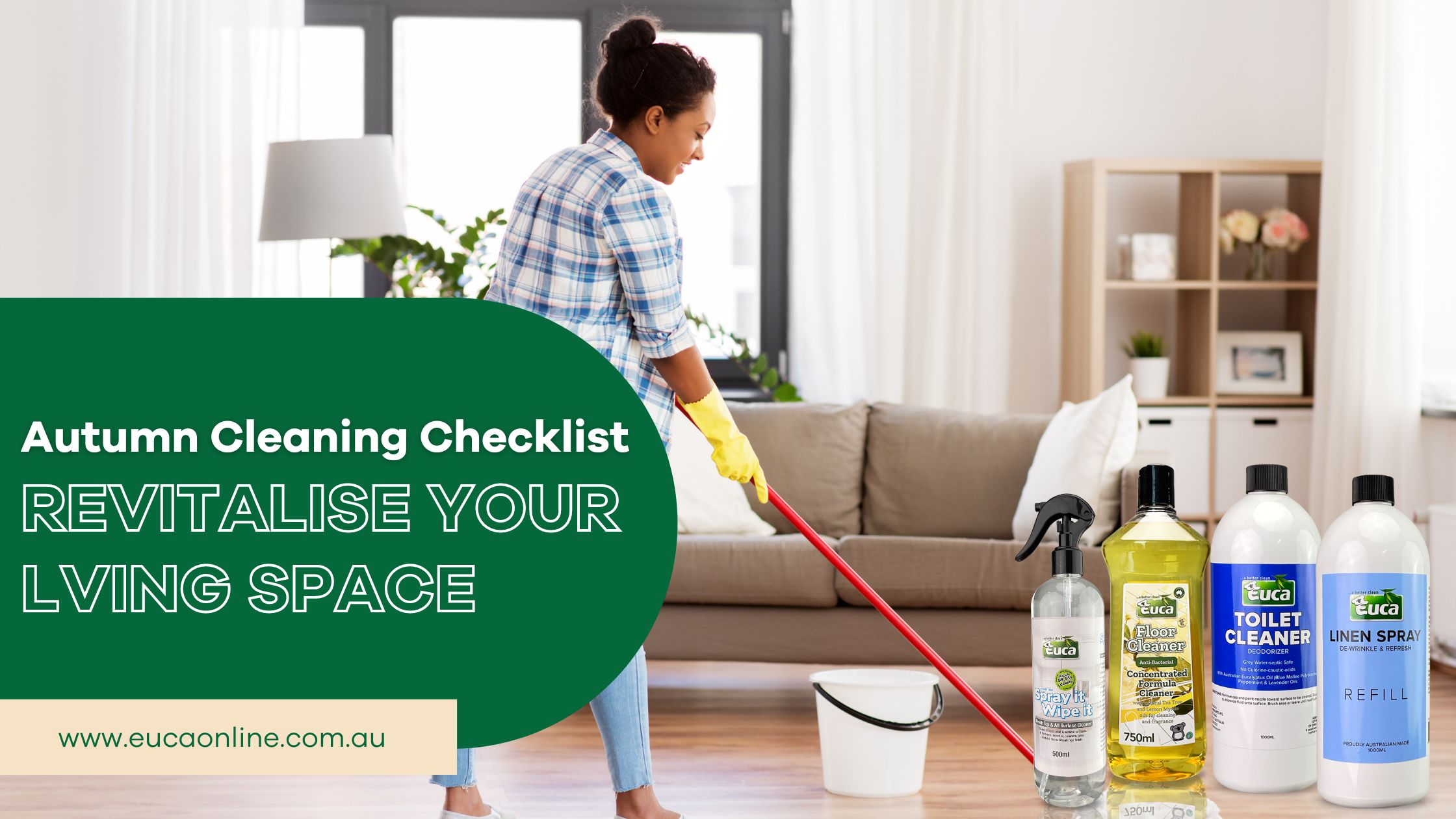


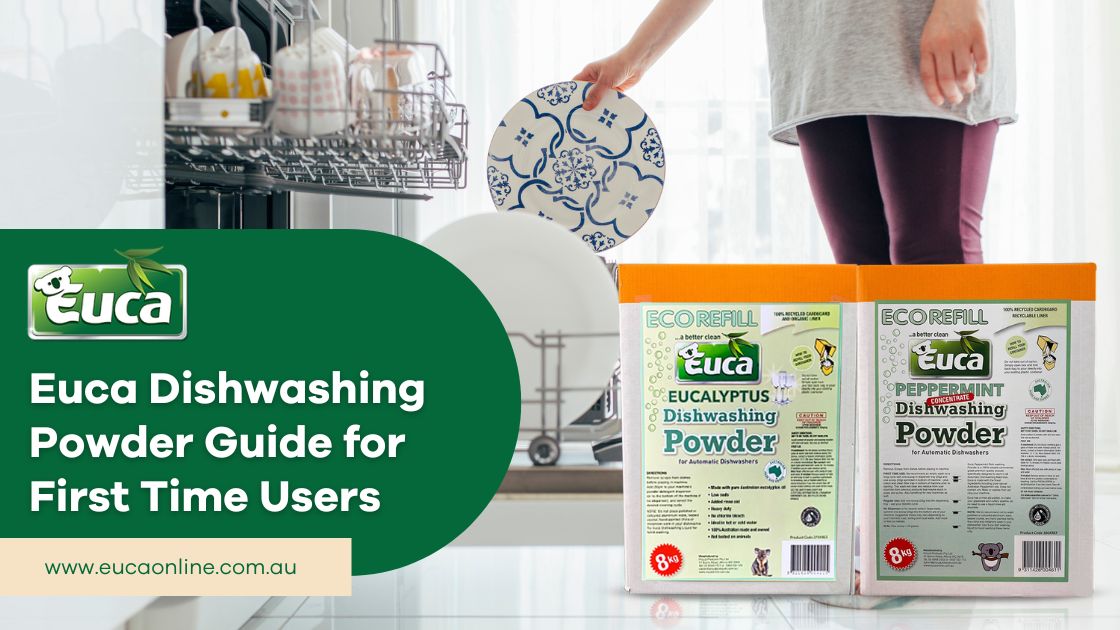














Write a comment